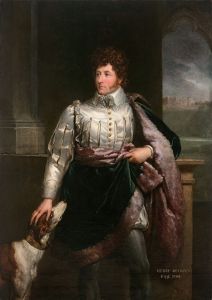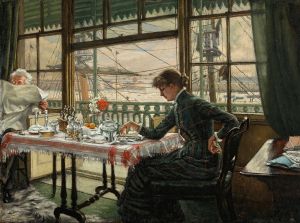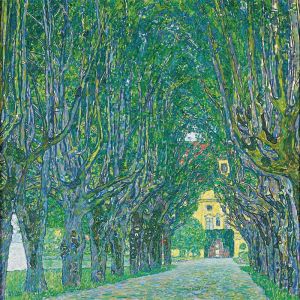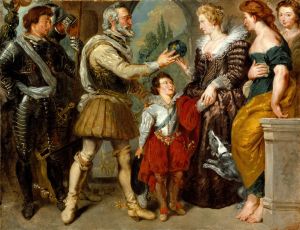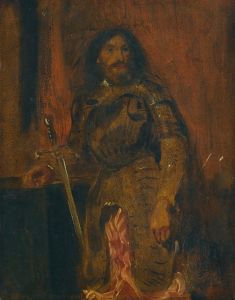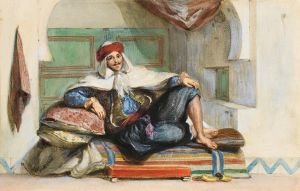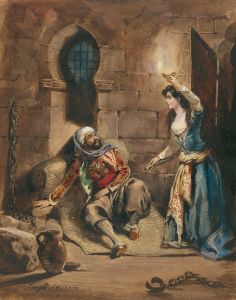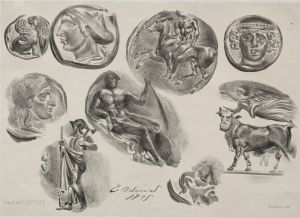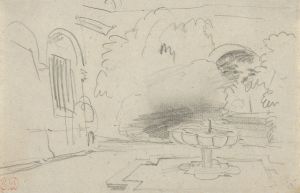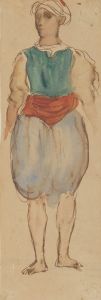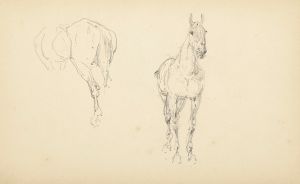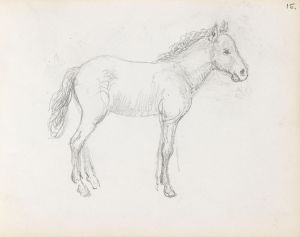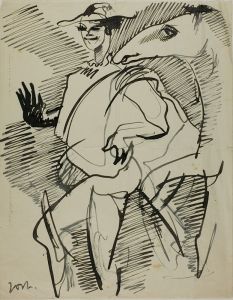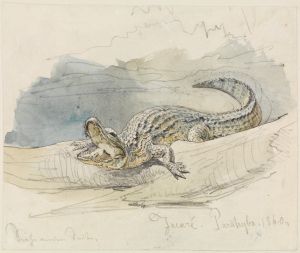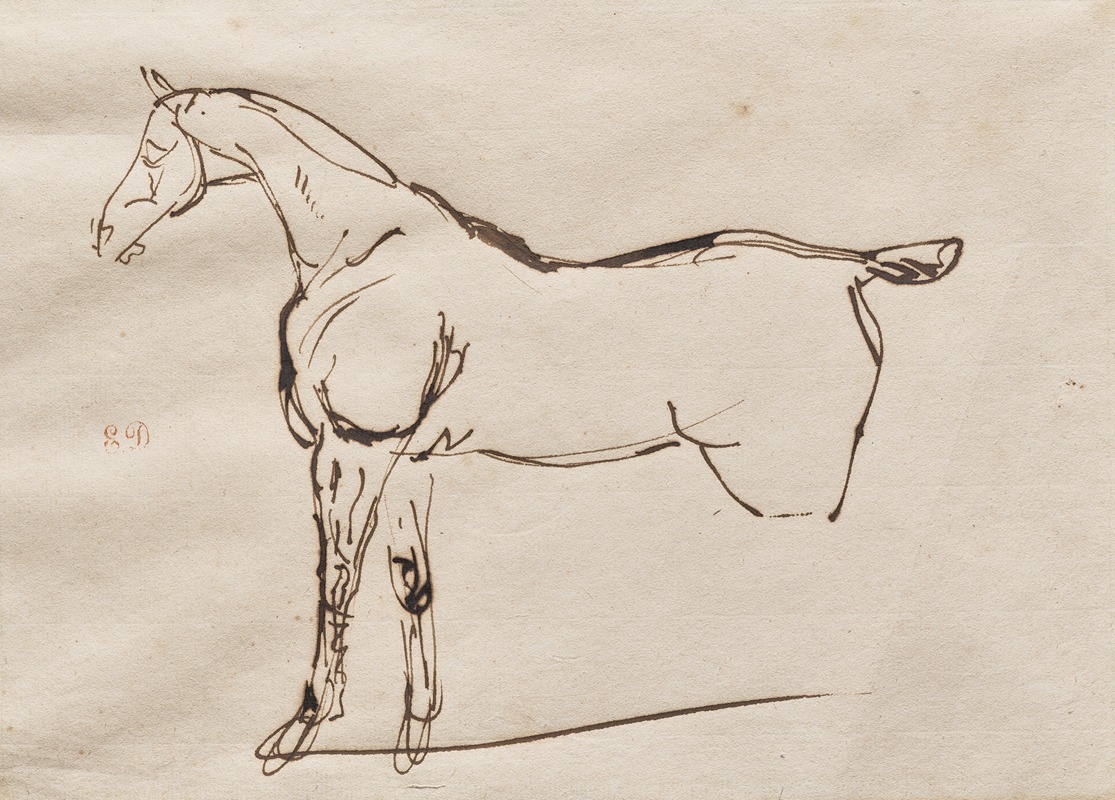
Study of a Horse
A hand-painted replica of Eugène Delacroix’s masterpiece Study of a Horse, meticulously crafted by professional artists to capture the true essence of the original. Each piece is created with museum-quality canvas and rare mineral pigments, carefully painted by experienced artists with delicate brushstrokes and rich, layered colors to perfectly recreate the texture of the original artwork. Unlike machine-printed reproductions, this hand-painted version brings the painting to life, infused with the artist’s emotions and skill in every stroke. Whether for personal collection or home decoration, it instantly elevates the artistic atmosphere of any space.
Eugène Delacroix's Study of a Horse is a work that exemplifies the artist's fascination with dynamic forms and his dedication to capturing the vitality of animals, particularly horses. Delacroix, a leading figure of the Romantic movement in 19th-century France, was known for his expressive use of color and energetic compositions. His studies of horses, including this piece, reflect his keen observation of anatomy and movement, as well as his interest in the emotional and physical power of these animals.
This particular study is believed to have been created as part of Delacroix's preparatory work for larger compositions or as an independent exploration of the subject. Horses frequently appeared in Delacroix's oeuvre, often in dramatic or historical contexts, such as in his depictions of battles or exotic scenes inspired by his travels to North Africa in 1832. His journey to Morocco had a profound impact on his artistic vision, introducing him to new landscapes, cultures, and animals, which he documented extensively in his sketches and paintings.
Study of a Horse showcases Delacroix's skill in rendering the musculature and posture of the animal with precision and vitality. The work demonstrates his ability to convey movement and tension, qualities that were central to his Romantic sensibilities. Delacroix often used quick, fluid brushstrokes in his studies, focusing on capturing the essence of his subject rather than minute details. This approach allowed him to infuse his works with a sense of immediacy and life.
While the exact date of Study of a Horse is not definitively documented, it is consistent with Delacroix's broader body of work, which frequently included studies of animals as a means of refining his technique and understanding of form. These studies were often executed in oil, watercolor, or pencil, depending on the purpose and context of the work.
Delacroix's interest in horses was not merely artistic but also cultural. Horses were a symbol of power, freedom, and nobility in Romantic art, and their depiction allowed Delacroix to explore themes central to his artistic philosophy. His studies of horses have been praised for their dynamism and emotional resonance, qualities that align with the Romantic emphasis on individual expression and the sublime.
Today, Study of a Horse is recognized as an example of Delacroix's mastery in animal studies and his broader contributions to Romantic art. The work is often cited as evidence of his ability to merge technical skill with a deep emotional engagement with his subjects.





